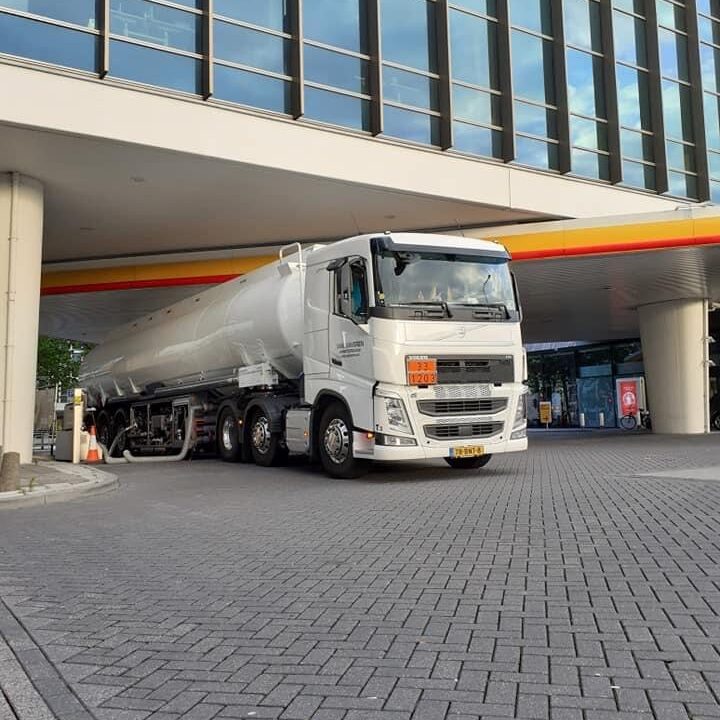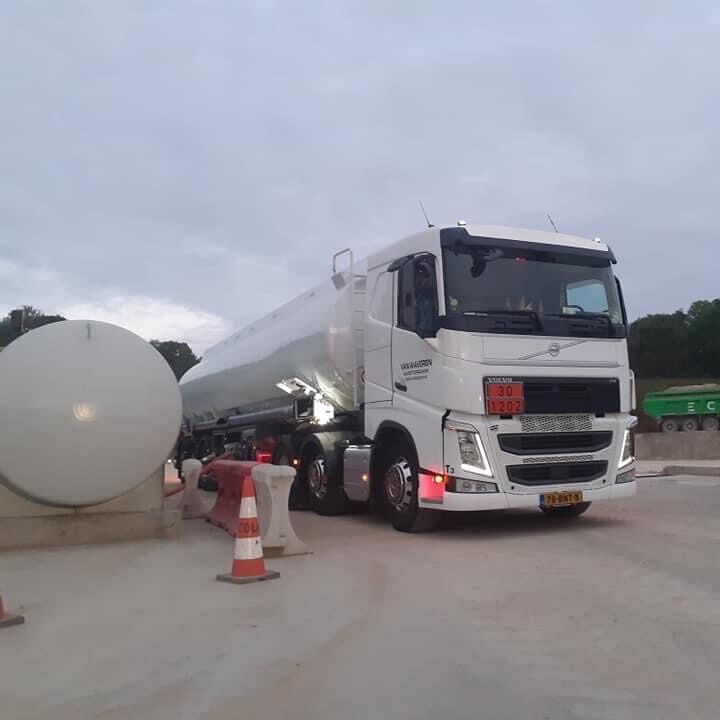
supply of gas stations throughout the Netherlands since 1973
Fuel distribution
Fuel Distribution At Van Waveren Transport
Fuel distribution and supply of Shell gas stations throughout the Netherlands has been one of Van Waveren Transport’s activities since 1973. The distribution transport of motor fuels is done by tankers with specially equipped equipment, which is preventively maintained and regularly replaced.
Where does the fuel go?
We transport the motor fuels from the depots to filling stations within the Netherlands, based on high quality and safety and a good relationship with our client. As a result, we set high standards for ourselves, the drivers and our equipment and we are a reliable partner.
We have many years of experience in the specialisation of fuel distribution. For the transport of fuels, the vehicles are equipped with the latest technical safety systems and in addition, we also set high quality requirements for the drivers.
Driver training principle
After our professional training, the driver group has maximum professional competence. The courses are supplemented with regular training in the field of safety, driving skills and professional competence, so that they are optimally trained at all times.
Every driver is trained according to the BBS (Behaviour Based Safety) principle. BBS focuses on what people do and why, then it applies an intervention strategy to improve behaviour. It is part of SQAS (Safety and Quality Assessment System). At its core, BBS is based on a larger scientific field called organisational behaviour management. Defensive and anticipatory driving behaviour can prevent accidents and increase road safety.
Safe fuel distribution
For the transport of fuels, the semi-trailers are equipped with the newest technologies and the vehicles are equipped with the latest technical safety systems. These systems support the driver to be on the road as safely as possible, for instance with warning messages.
Our advanced security systems:
ESP (Electronic Stability Program)
Literally translated: electronic stability control. ESP assists the driver of a vehicle when they find themselves in a critical situation where the vehicle threatens to skid. In the event of sudden evasive manoeuvres for obstacles, misjudged bends or treacherous road surfaces.
ACC (Adaptive Cruise Control)
Adaptive Cruise Control is a form of pre-crash system. The system is in fact capable of controlling the speed and following distance of the equipped vehicle without any form of communication with other vehicles. This builds further on the already existing cruise control. The automated computer system has been specially developed to reduce or prevent the impact of a traffic accident.
Lane Keeping Support
This support system monitors the road markings with the help of a camera and warns the driver if these markings are inadvertently crossed.
Driver Alert Support
An intelligent system that keeps track of driving behaviour. If this is different from normal and indicates fatigue, the driver is warned by a signal and a message on the dashboard advising to take a break. At the second message, the cruise control switches off automatically, causing the truck to slow down slowly.
Forward Collision Warning with emergency brake function
This intuitive emergency braking system warns by projecting a warning lamp onto the windshield when a collision hazard is detected. For example the emergency brake is activated automatically, therefore it significantly reduces the risk of serious injury.








